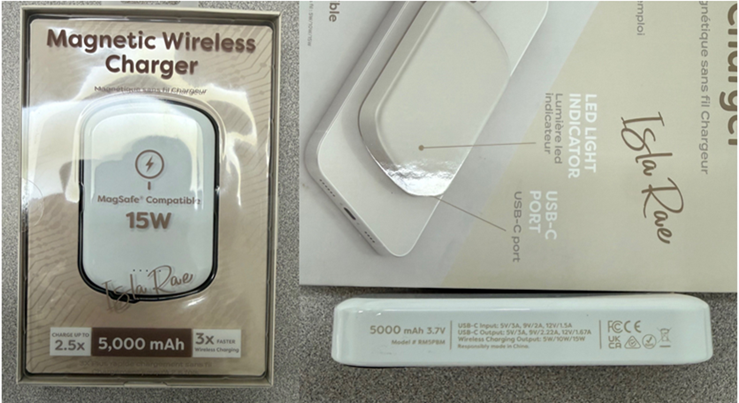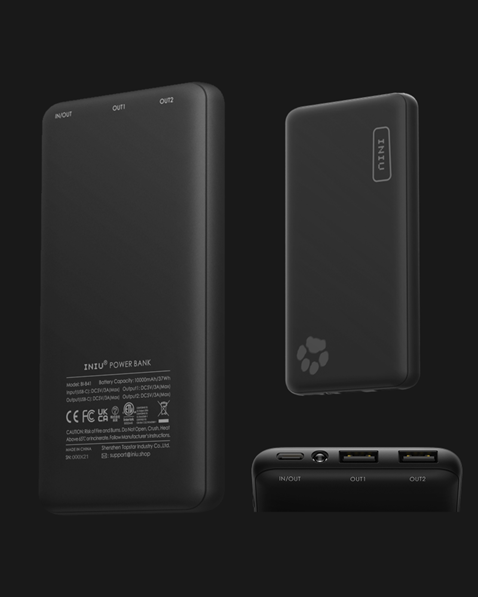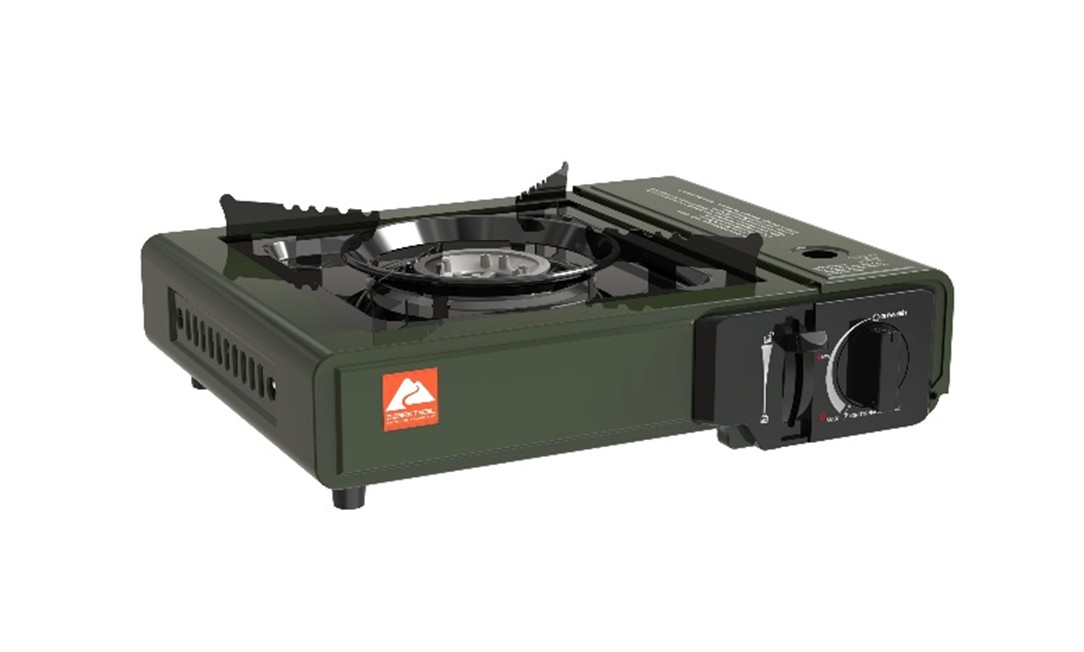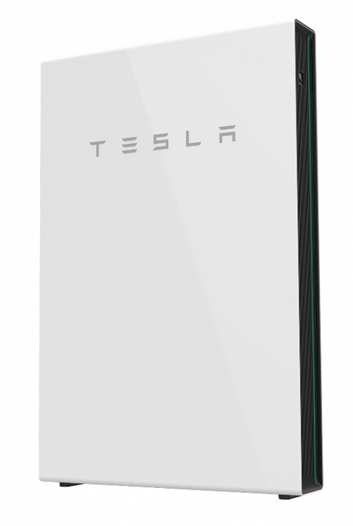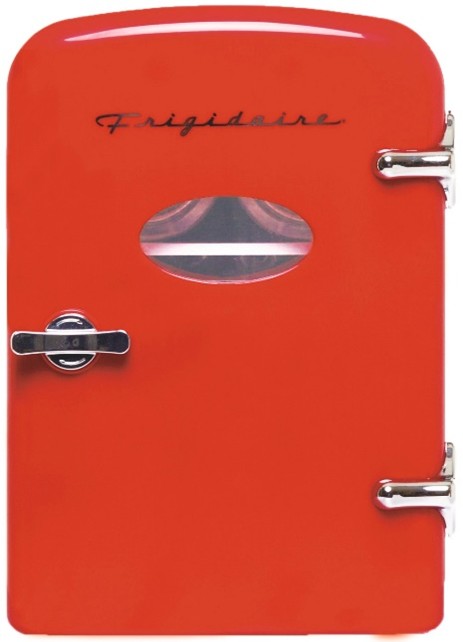
Court Finds AIA Subrogation Waiver Inapplicable; Appeal Pending
January 23, 2020
In Liberty Mutual Fire Insurance Co. v. Fowlkes Plumbing LLC, 17-cv-010-GHD-DAS, 2018 WL 842169 (N.D. Miss. Feb. 12, 2018), the District Court for the Northern District of Mississippi held that the subrogation waiver of Section 11.3.7 of AIA Document A201-2007 bars recovery for damages to property associated with a window restoration project that compromises the “Work” only. The Court granted in part and denied in part the defendant’s motion for summary judgment.
In May 2015, Chickasaw County School District contracted with Sullivan Enterprises to perform window restoration work at a school district building. While construction work was being performed, a fire consumed the entire building. The School District made a claim against its insurance policy held by Liberty Mutual, under which Liberty Mutual paid $4.3 million dollars for damages caused to the building. Liberty Mutual then brought a subrogation action against the contractors alleging that their negligence started the fire.
The relevant agreement between the school district and its contractors incorporated by reference AIA Document A201-2007, General Conditions of the Construction Contract, which contained a subrogation waiver. The waiver stated that the “Owner” and the “Contractor” waived:
[A]ll rights against each other … and any of their subcontractors … for damages caused by fire … to the extent covered by property insurance obtained pursuant to this Section 11.3 or any other property insurance applicable to the [window restoration work].
Section 11.3 mandated that the “Owner” purchase and maintain “property insurance written on a builder’s risk all-risk or equivalent policy form,” and that the “insurance shall include interest of the Owner, the Contractor, Subcontractors and Sub-subcontractors in the Project.”
The issue before the Court was the scope of the subrogation waiver in Document A201—2007. In particular, the parties presented two questions to the Court. First, whether the phrase “to the extent covered by property insurance obtained pursuant to this Section 11.3” means any insurance used to satisfy the owner’s obligation under Section 11.3.1. Second, whether “any other property insurance applicable to the [window restoration work]” means any claims paid out on a policy that covered the Work or only claims for the Work itself.
The Court recognized that two approaches have been taken across the country in determining the scope of the waiver. One approach makes a distinction between “Work” and “non-Work” property limiting the scope of the waiver to damages to the “Work.” A second approach does not focus on that distinction but rather limits the waiver’s scope to the proceeds of the insurance provided under the contract. In other words, the first approach defines the scope of the waiver by the type of property that was damaged, while the second approach defines the scope of the waiver by the insurance source of the proceeds. Under the second approach, if the proceeds were paid from the policy provided by the owner pursuant to Section 11.2.1, then they would be covered by the waiver.
The Court noted that the Fifth Circuit has followed the first approach, but noted that the second approach was more appropriate for this case. The Court stated that the insurance policy at issue was most appropriately compared to the second approach because there was no evidence that it was purchased specifically to cover the Work or that it includes any interests of the contractors and subcontractors. The Court, therefore, found that the waiver of subrogation provision found in Document A201—2007 applies only to claims for damages to the Work itself and not to the non-work property. The Court, therefore, denied the motion for summary judgment and allow Liberty Mutual’s claim to continue as to the non-Work property only.
The case was certified for interlocutory appeal to the 5th Circuit Court of Appeals. We will continue to monitor this issue. Stay tuned.
For any further questions, please contact Geoffrey Waguespack.
